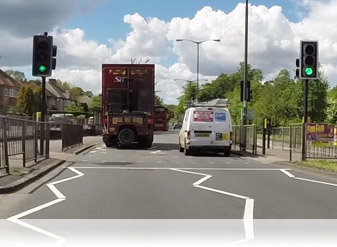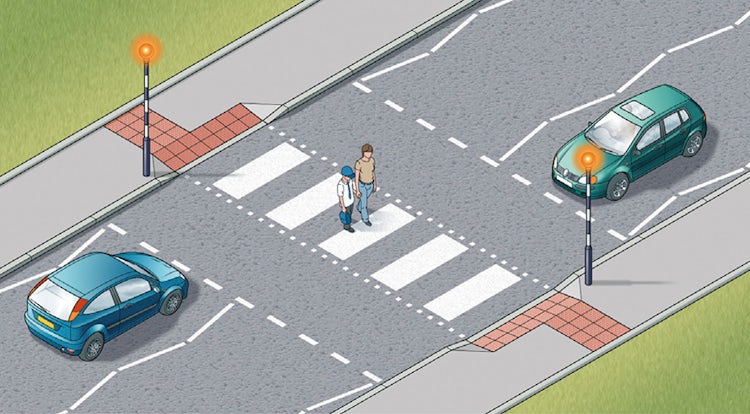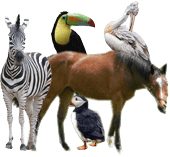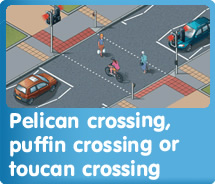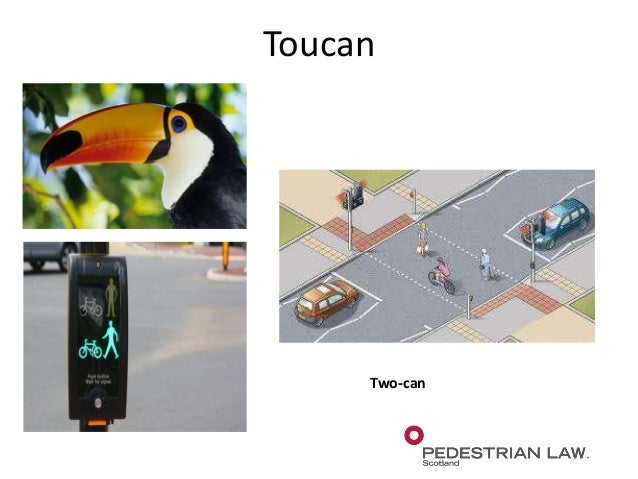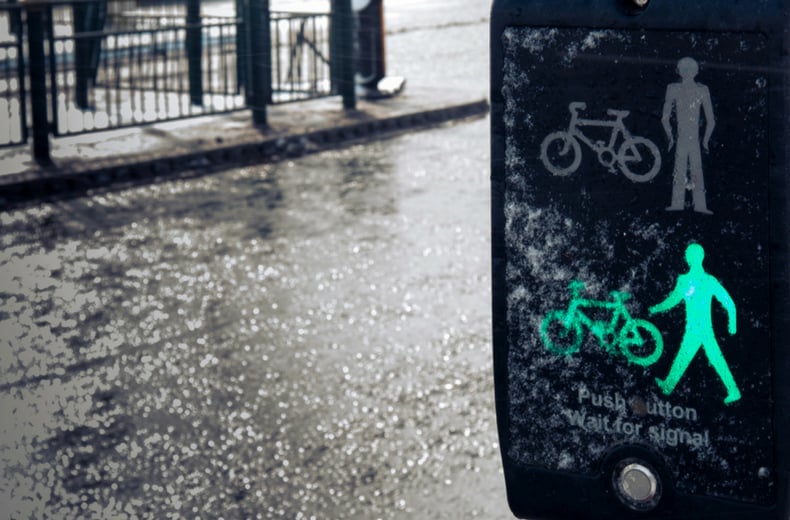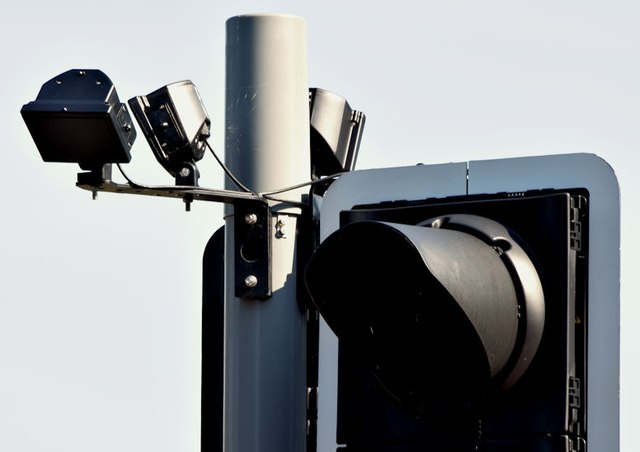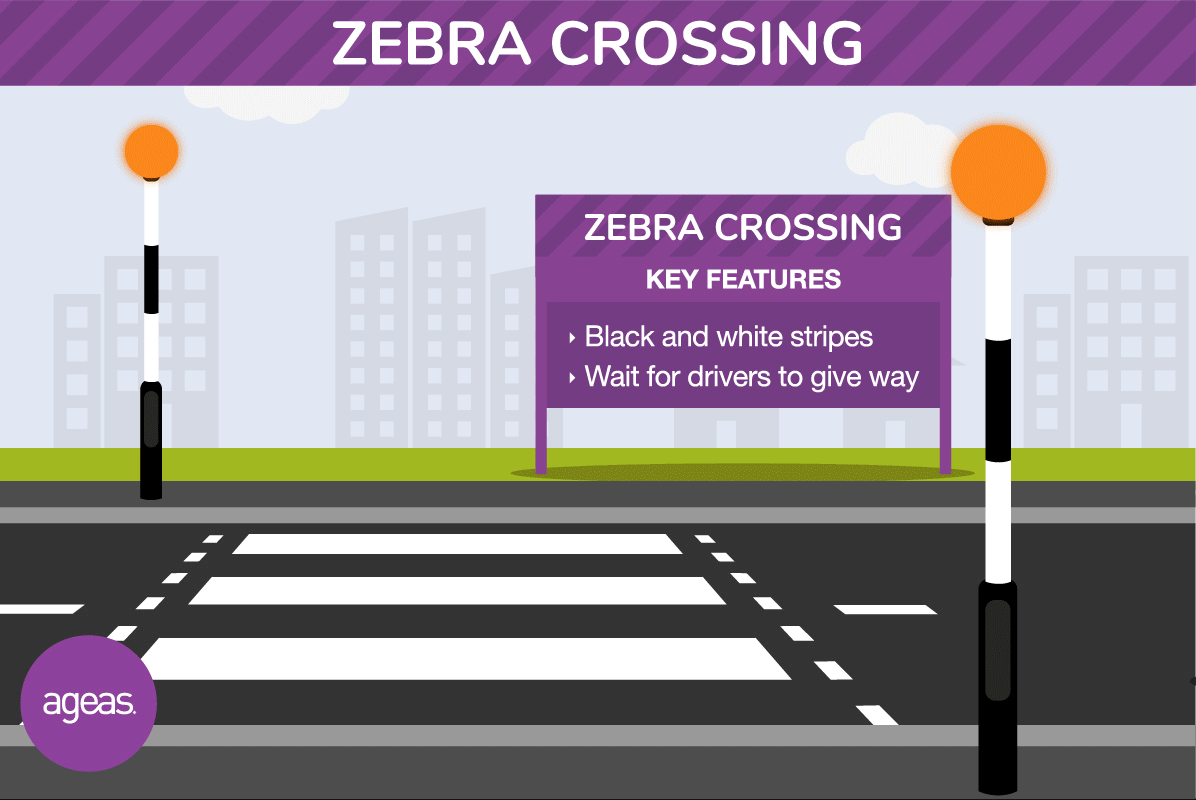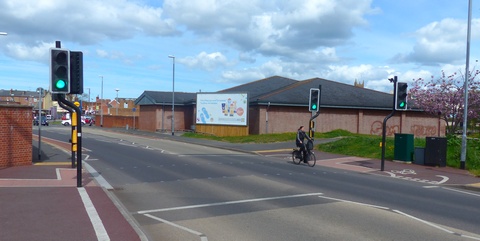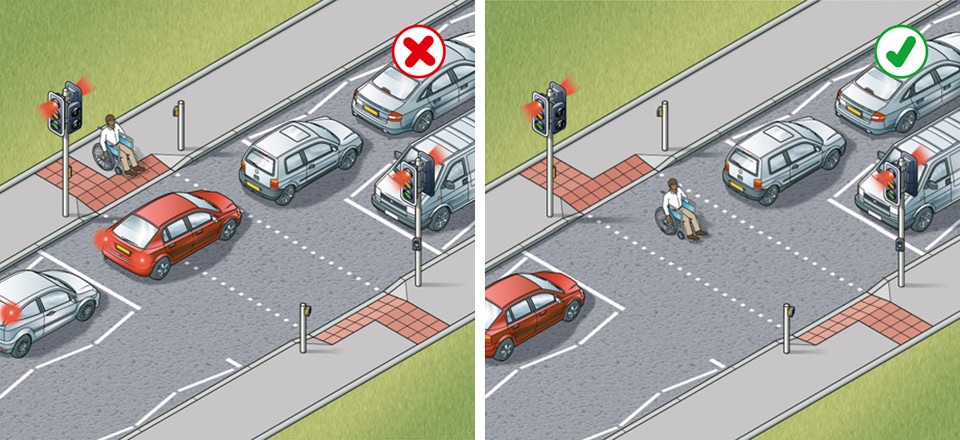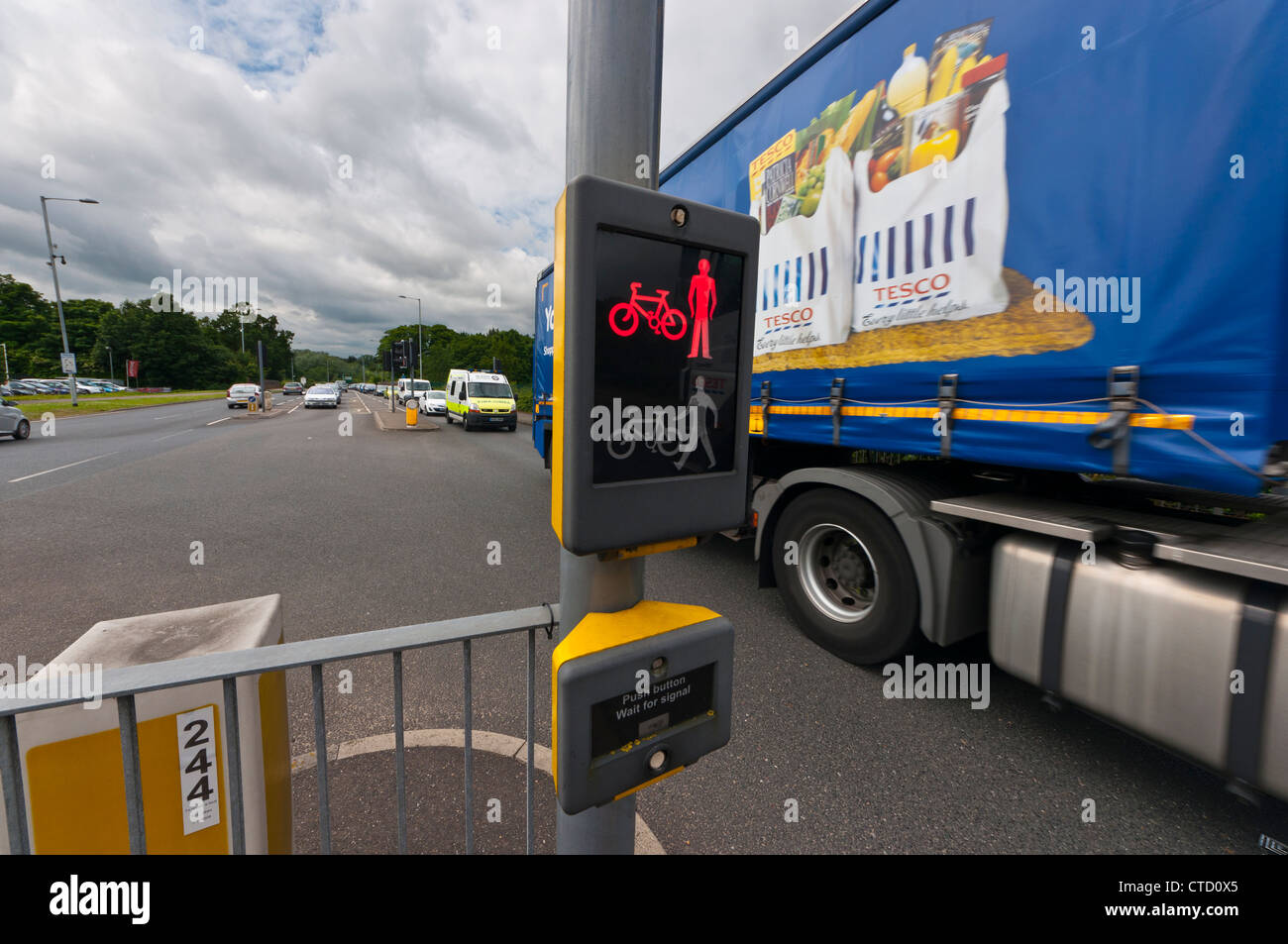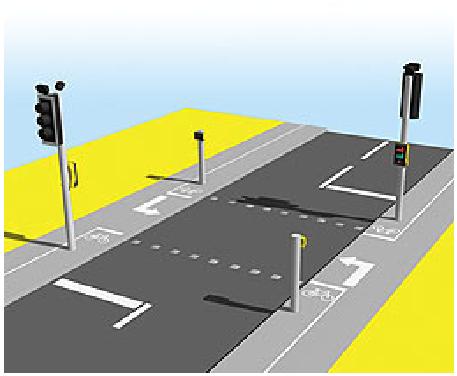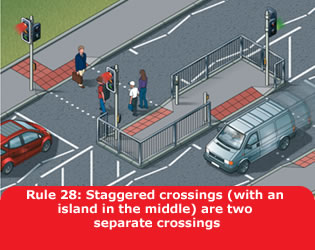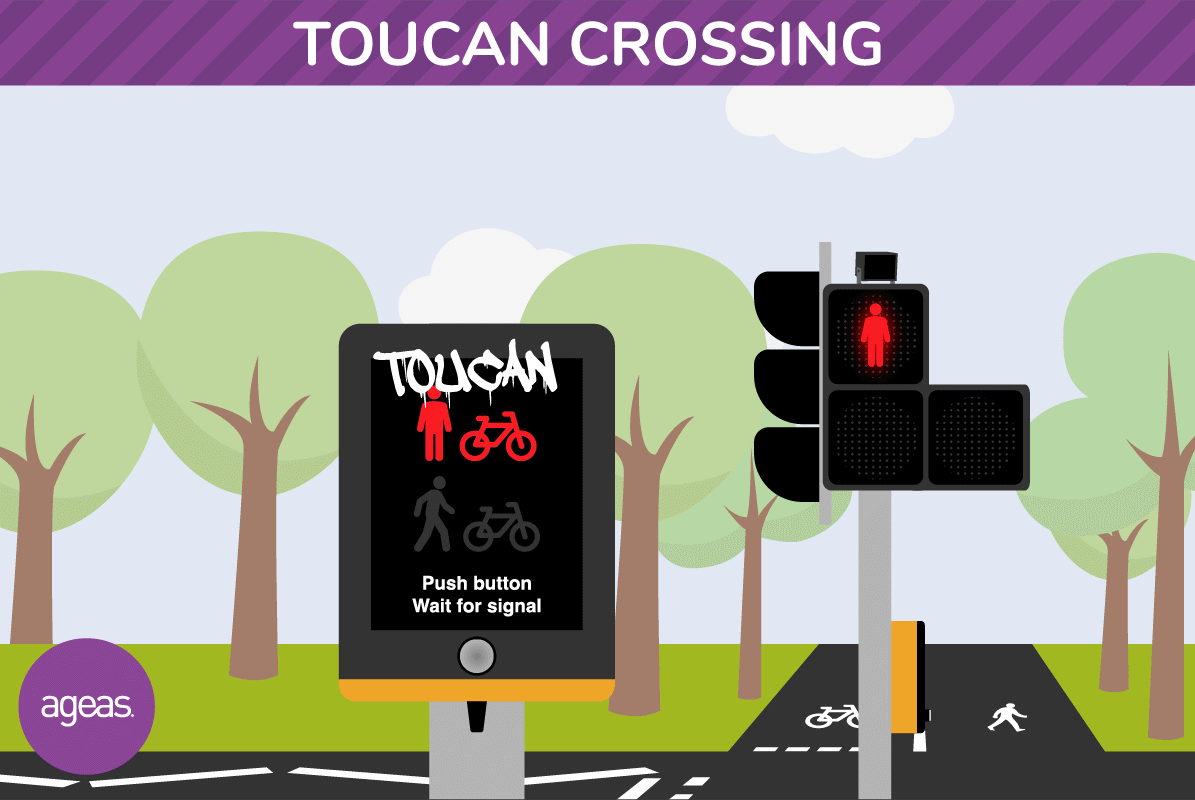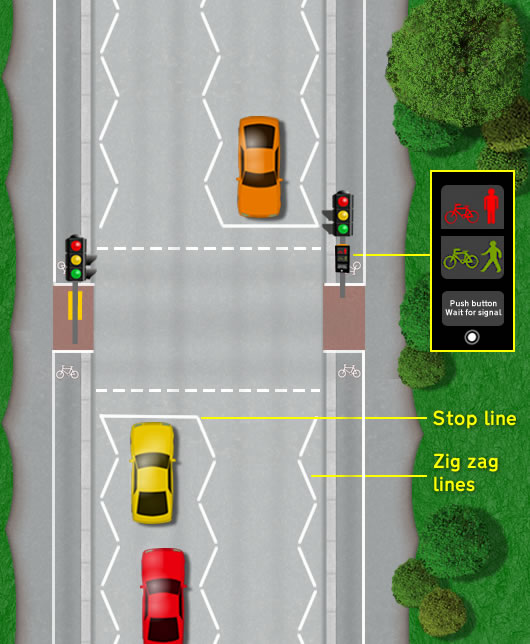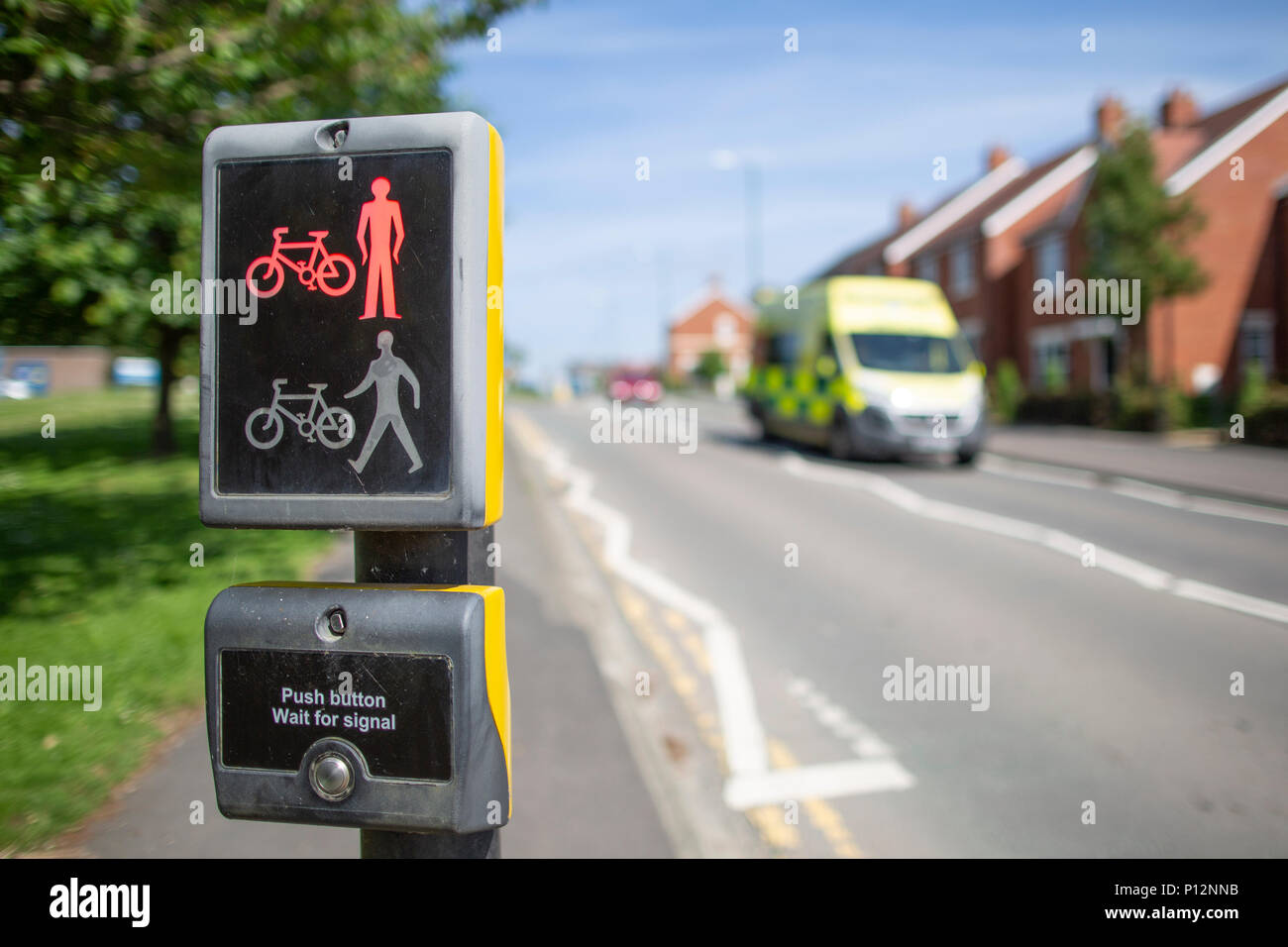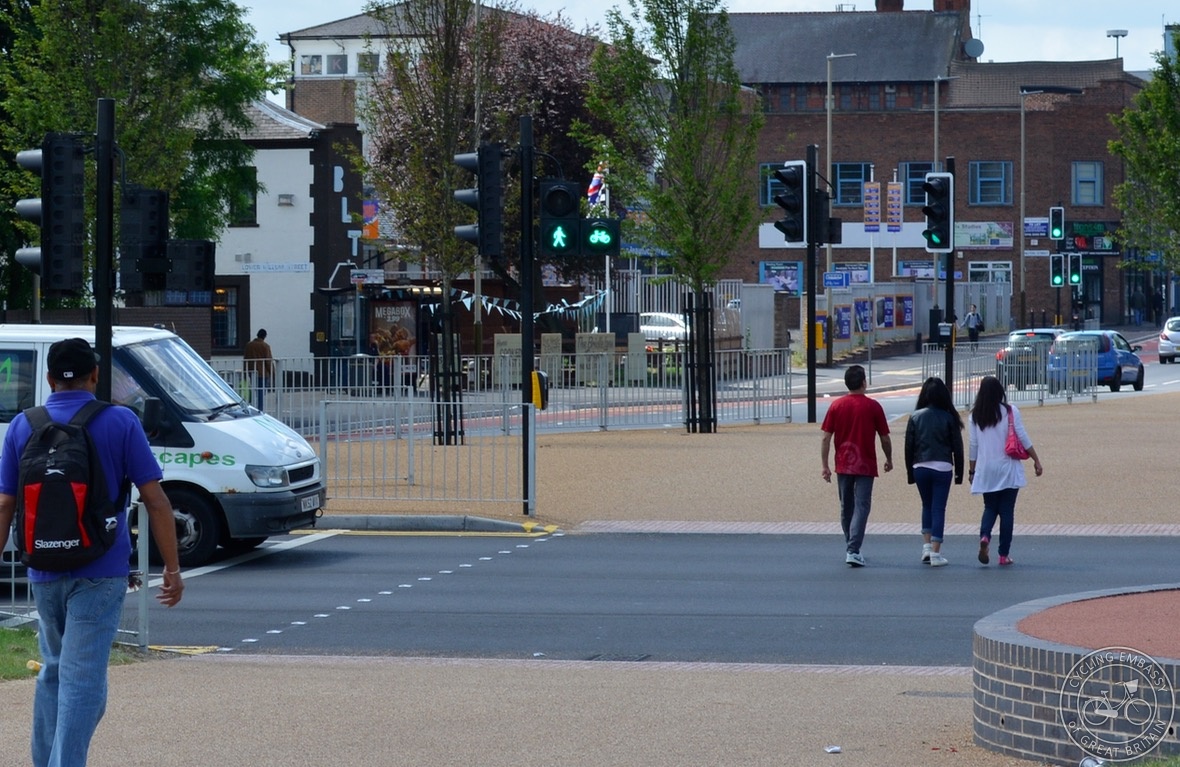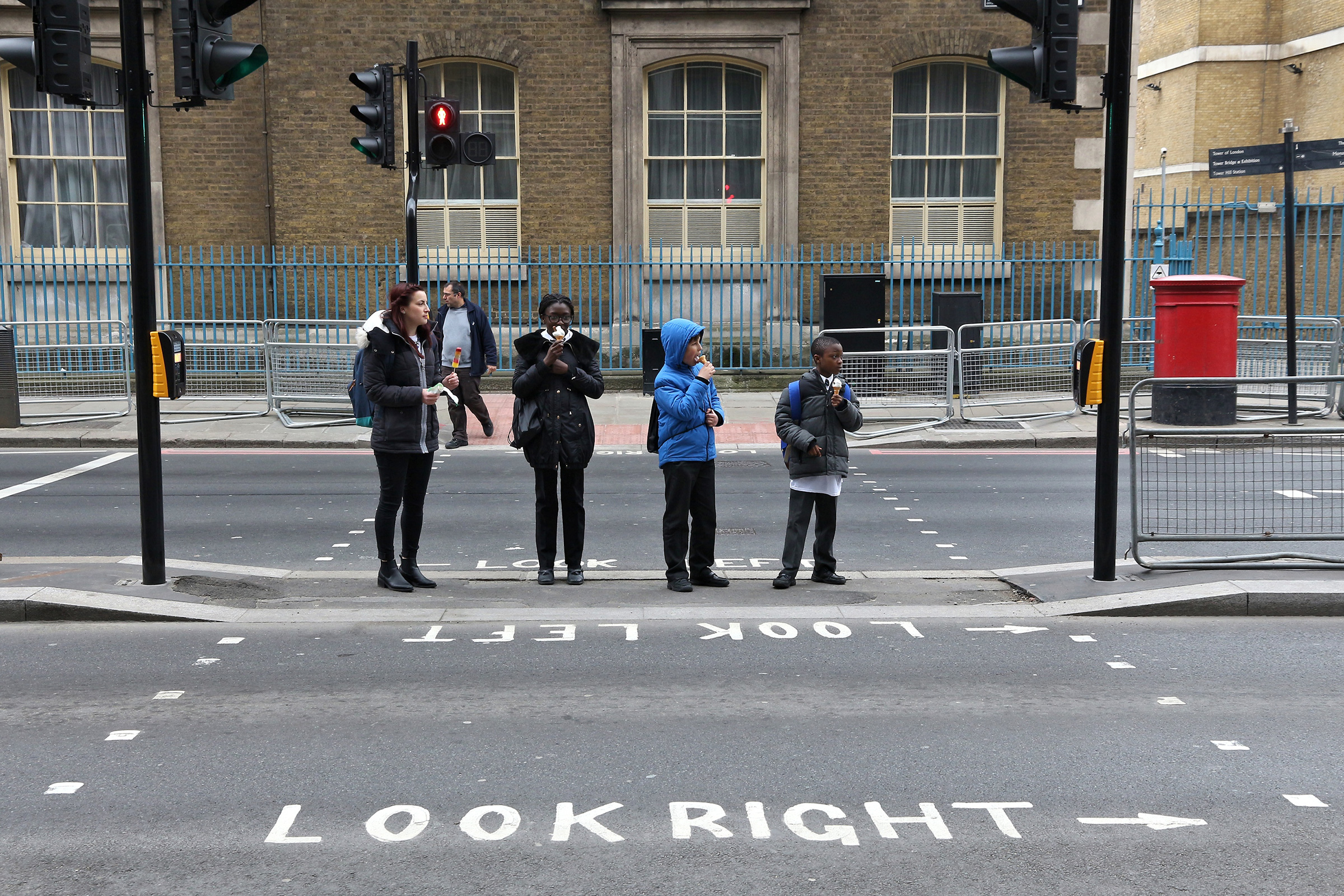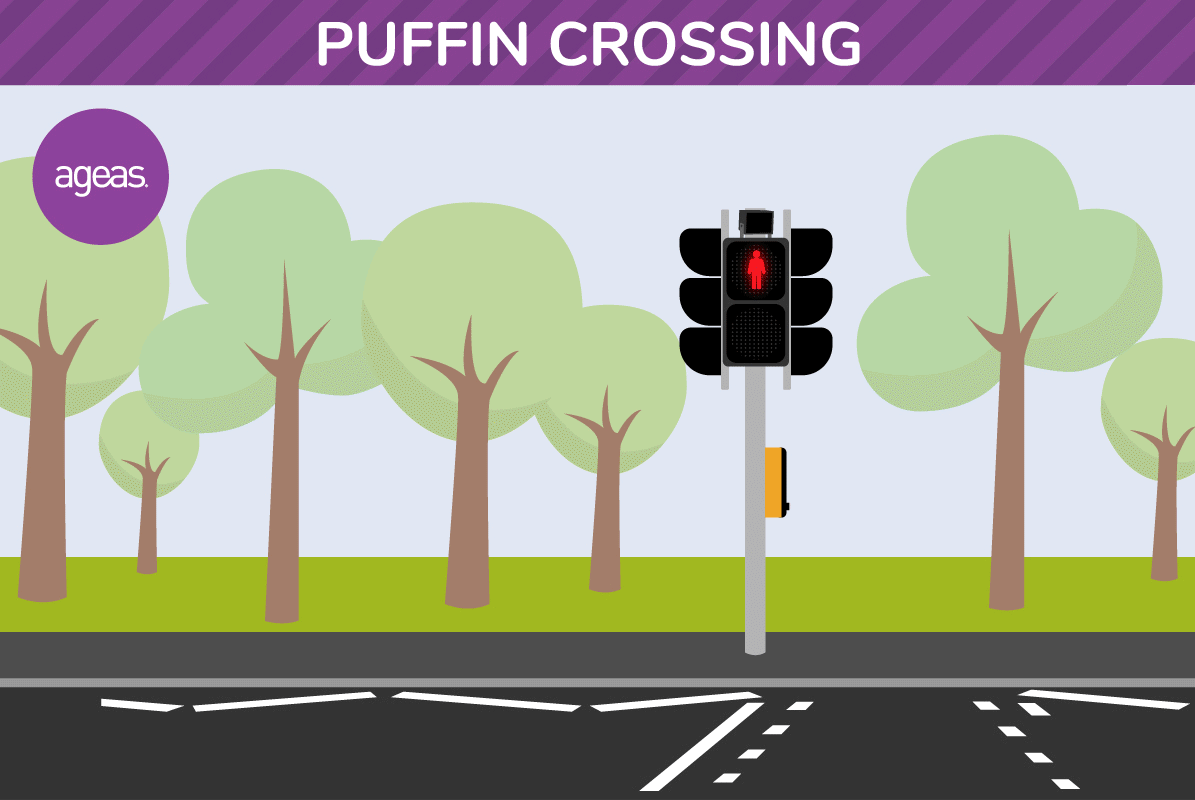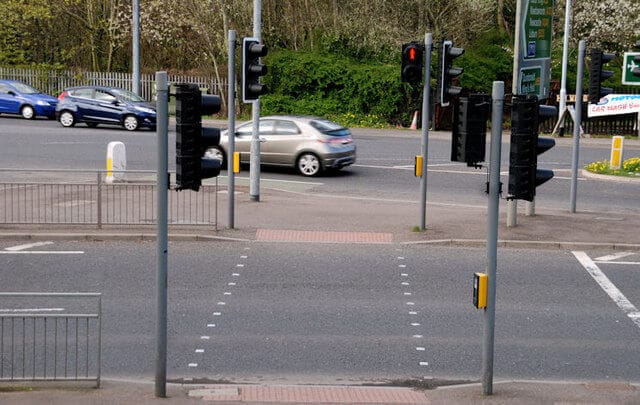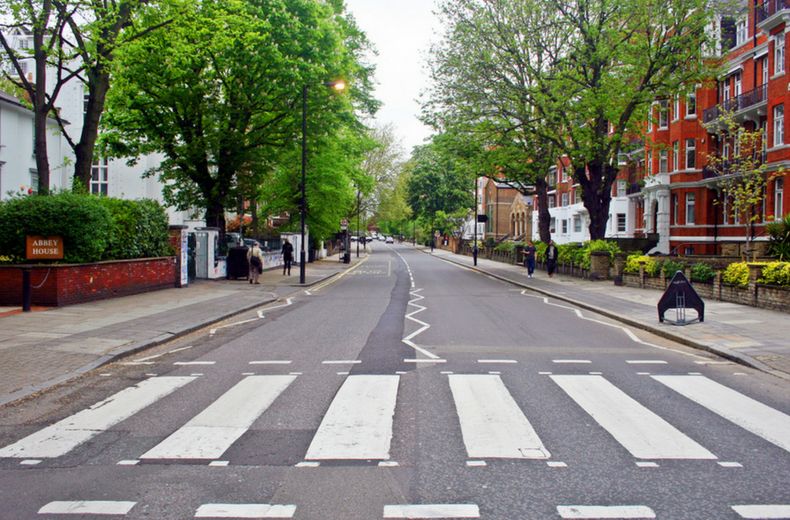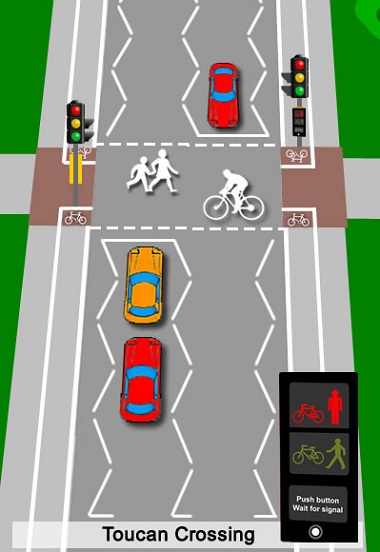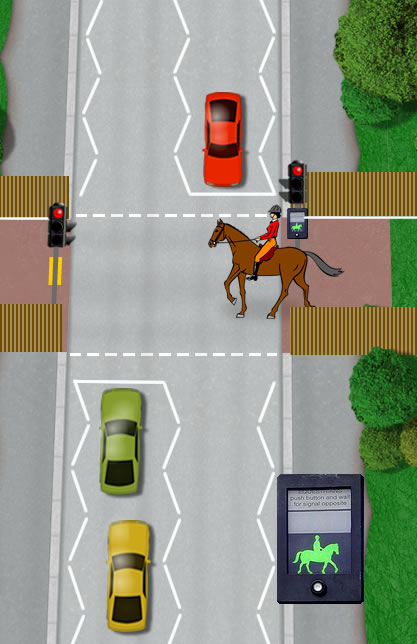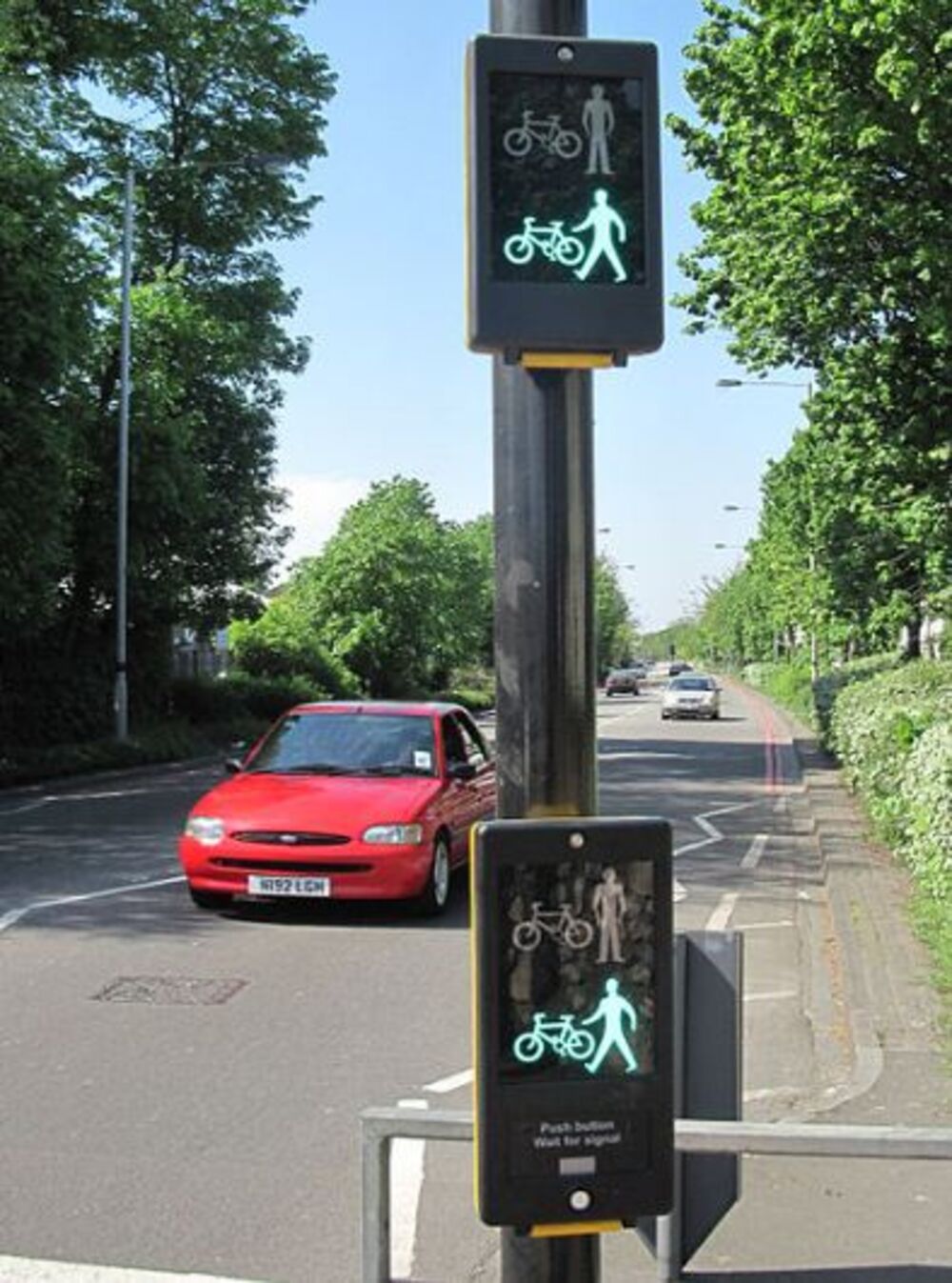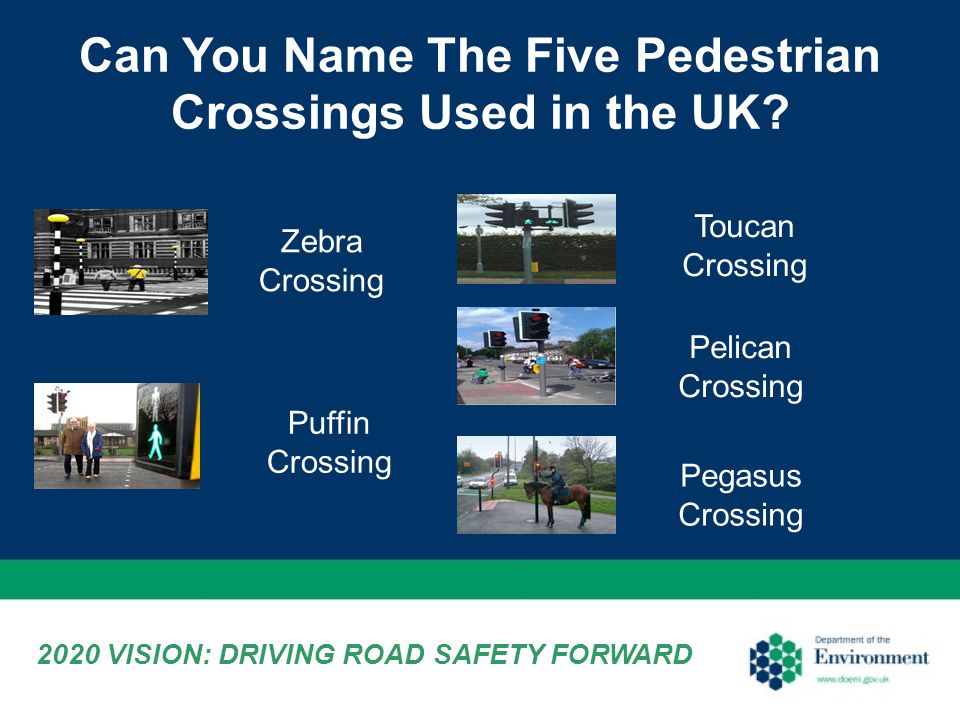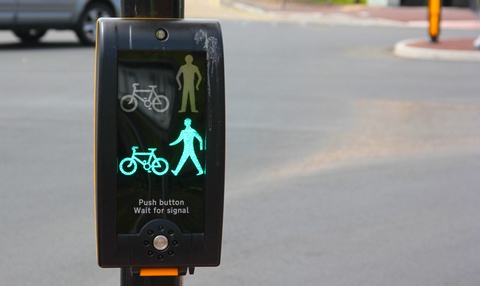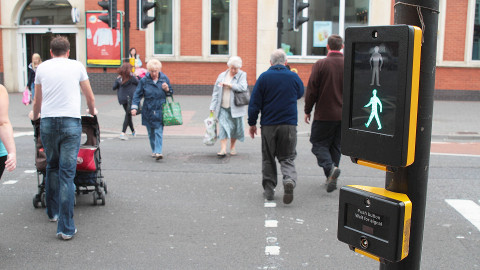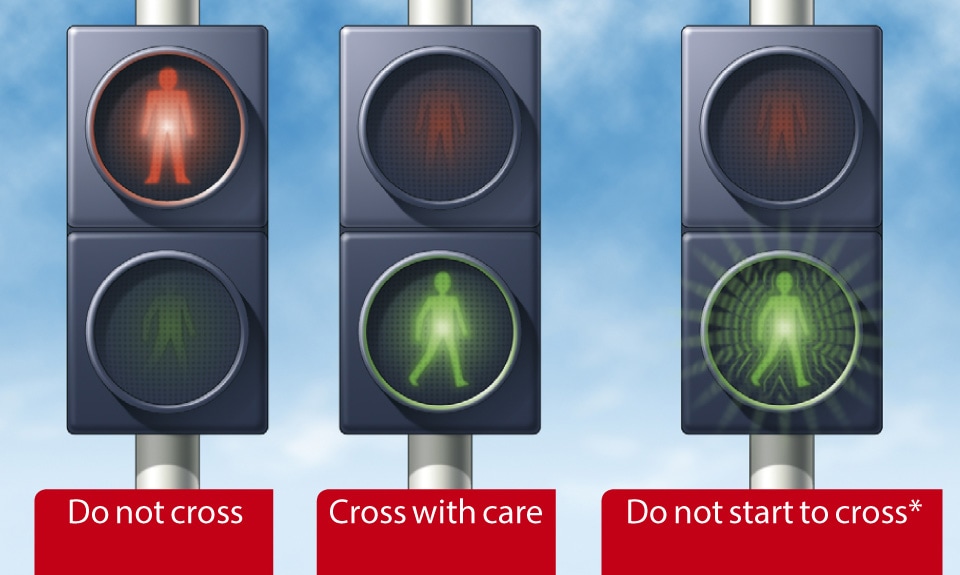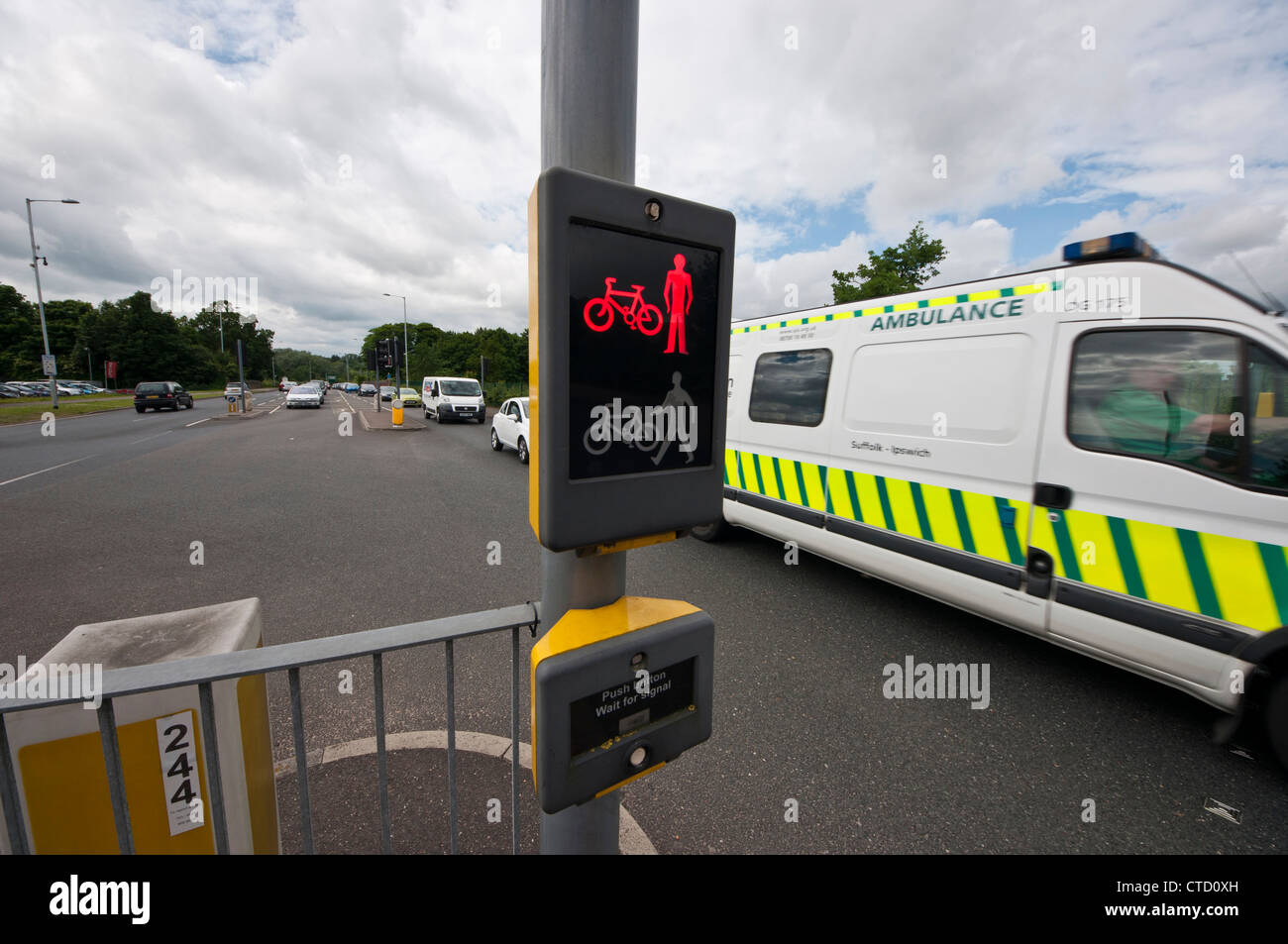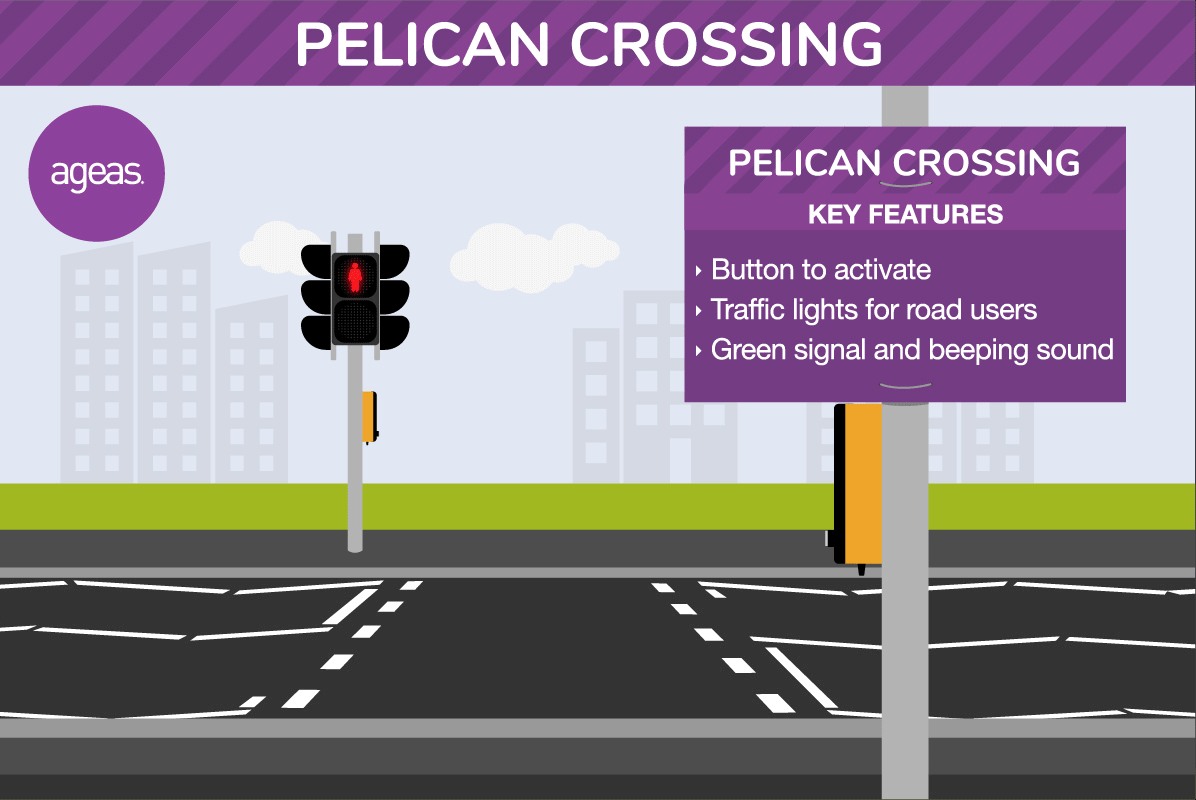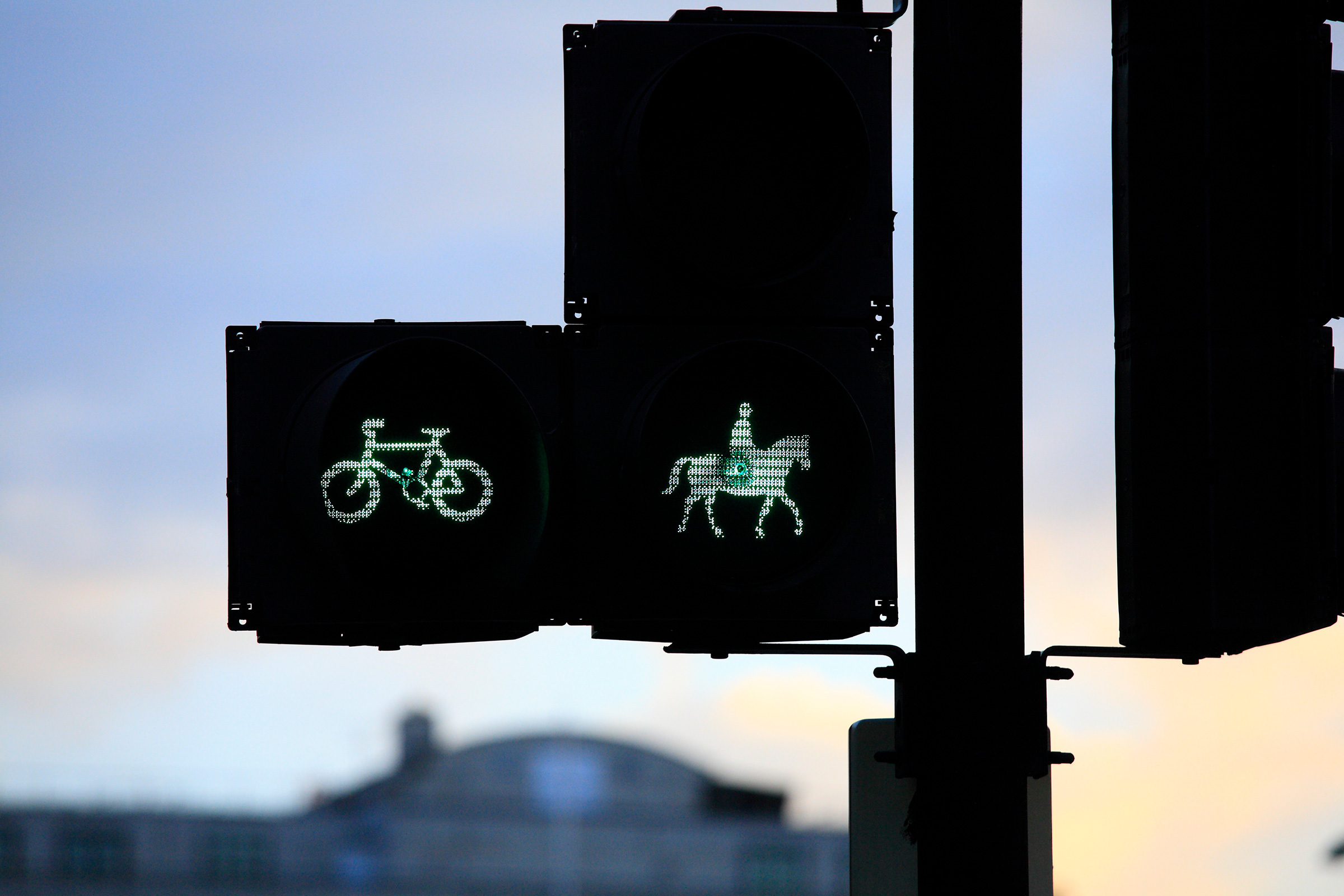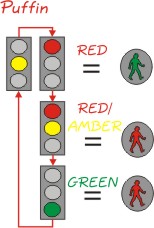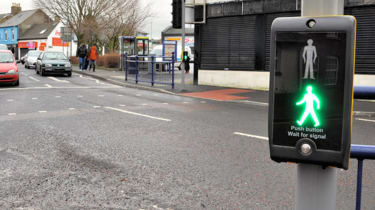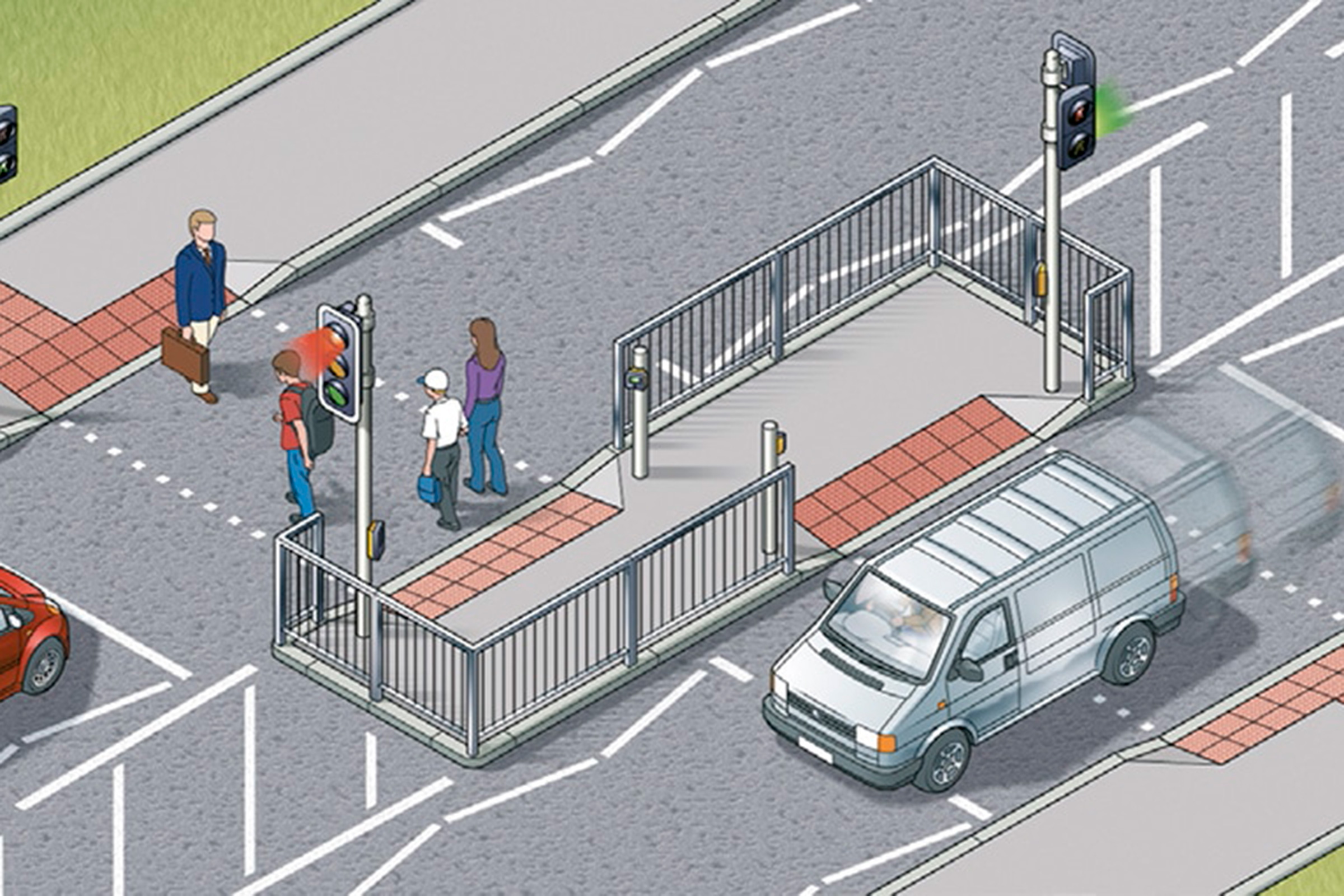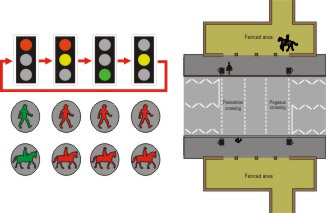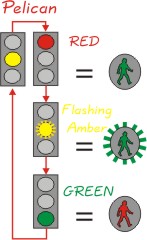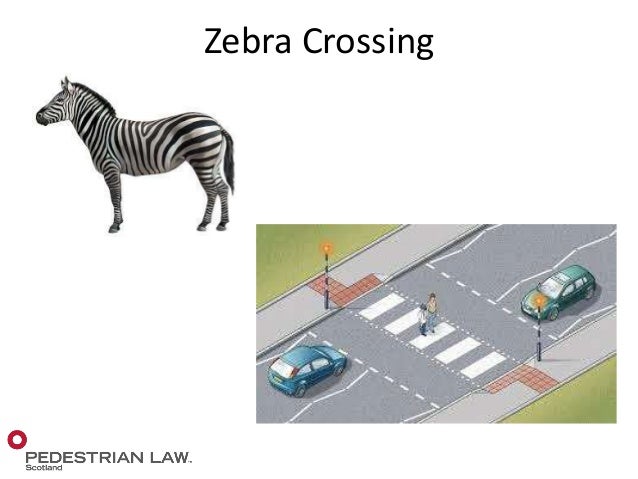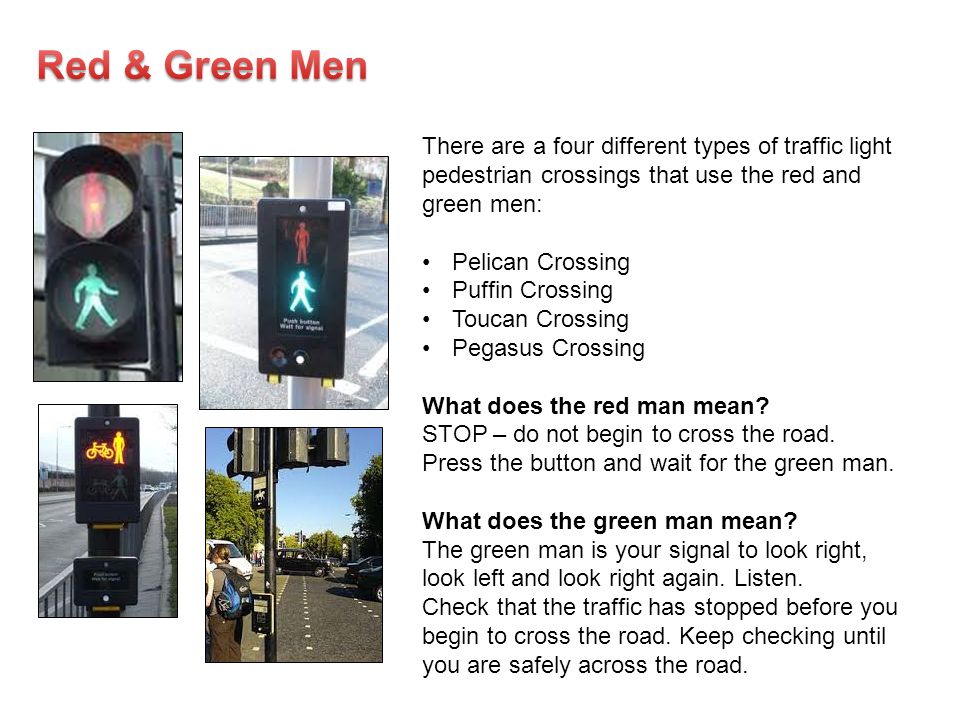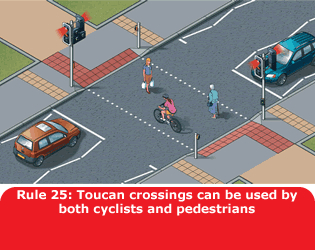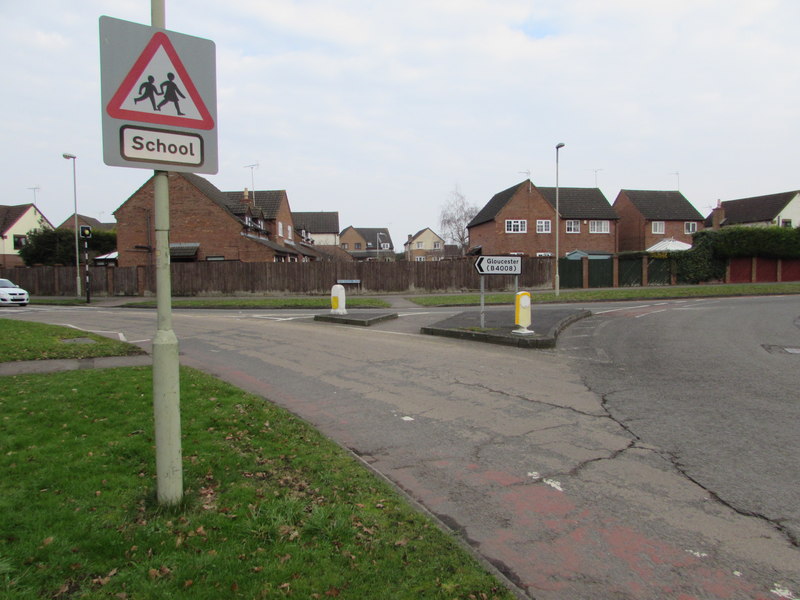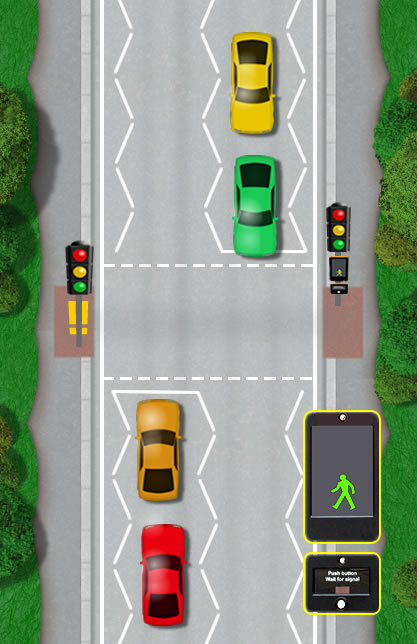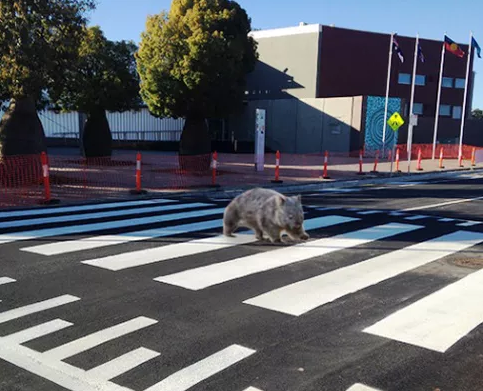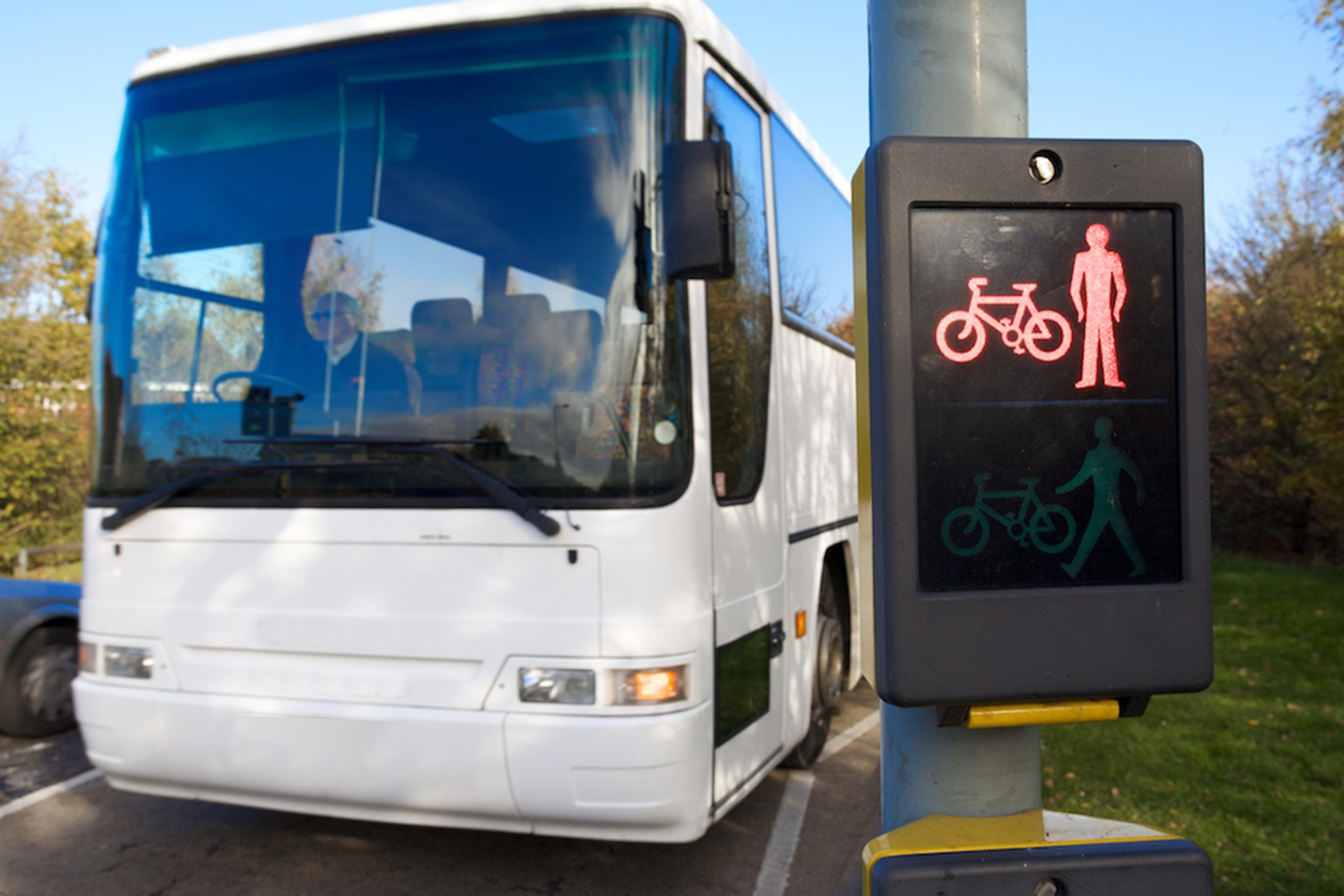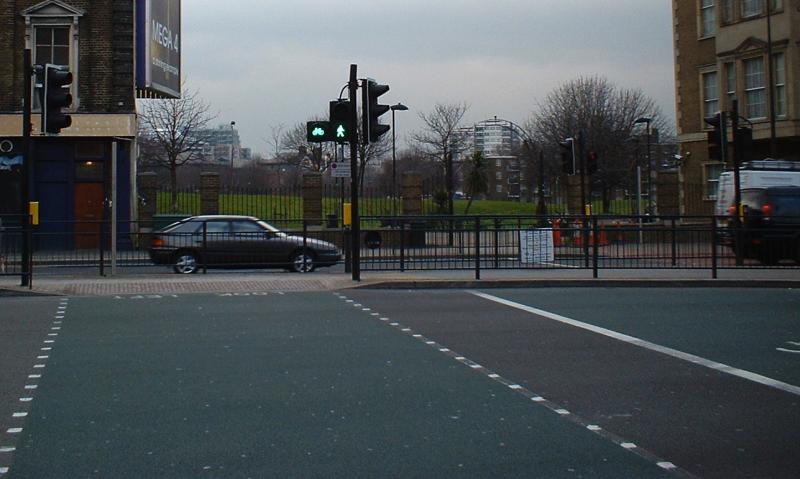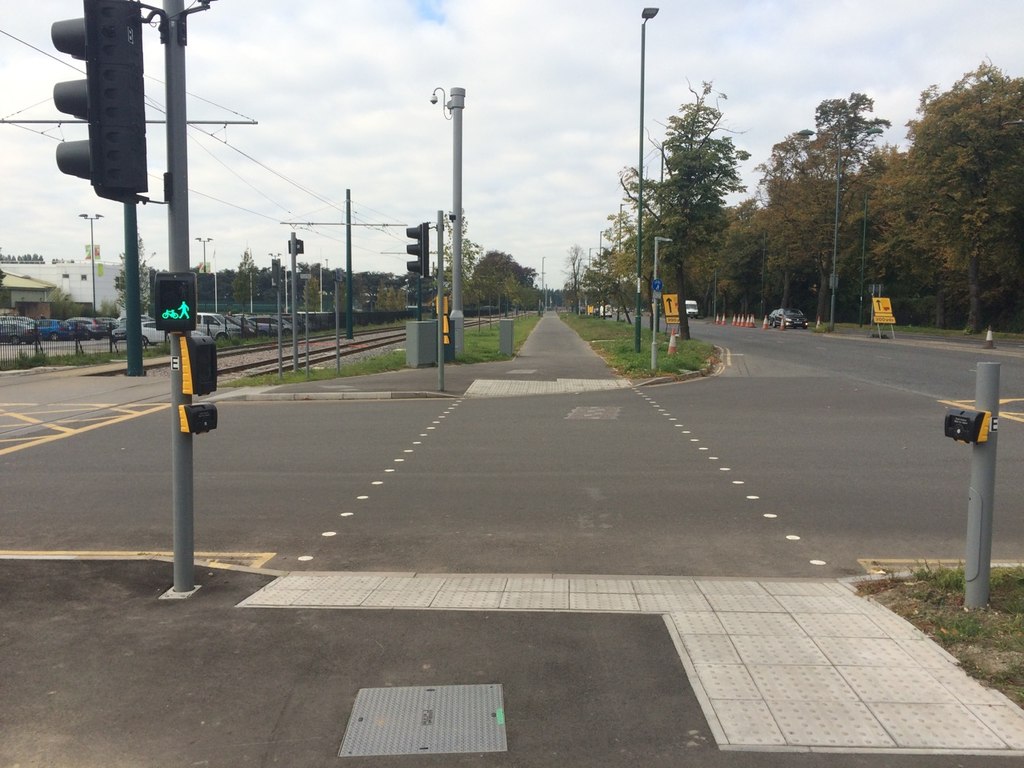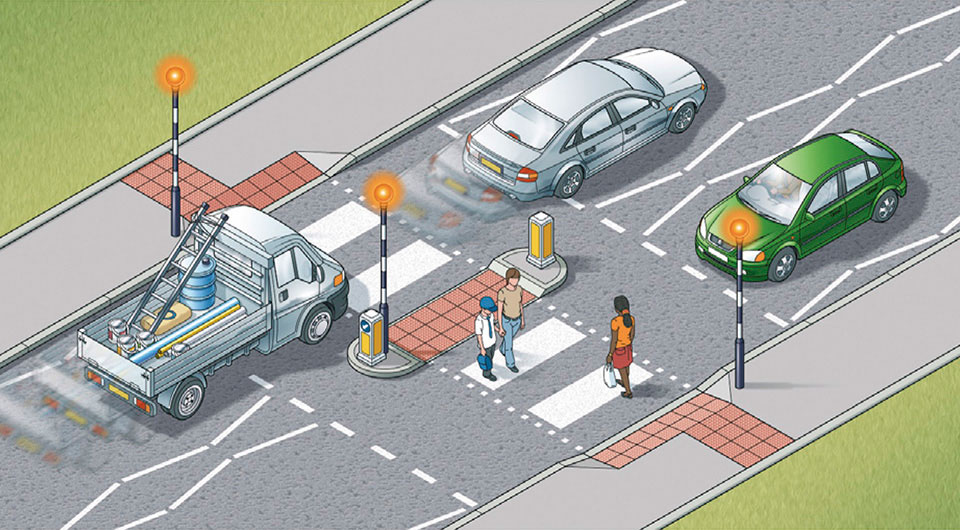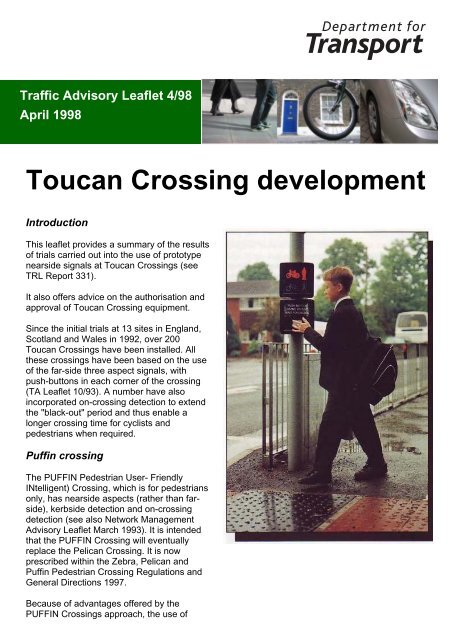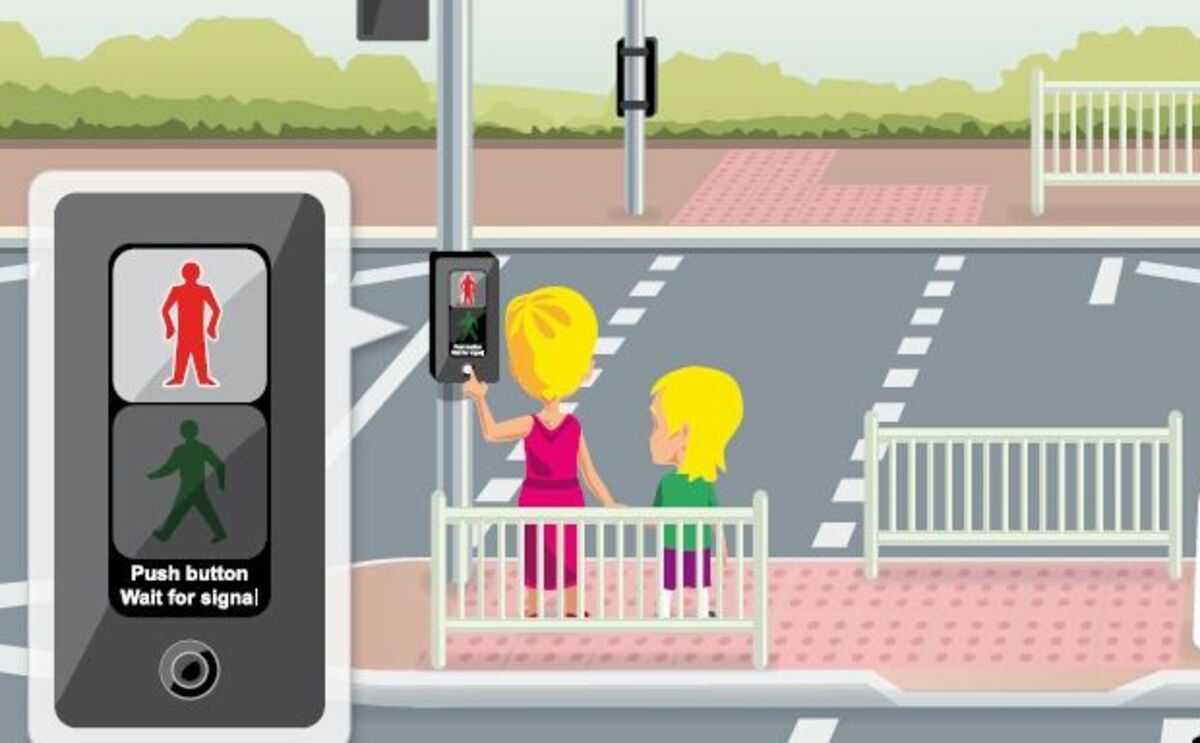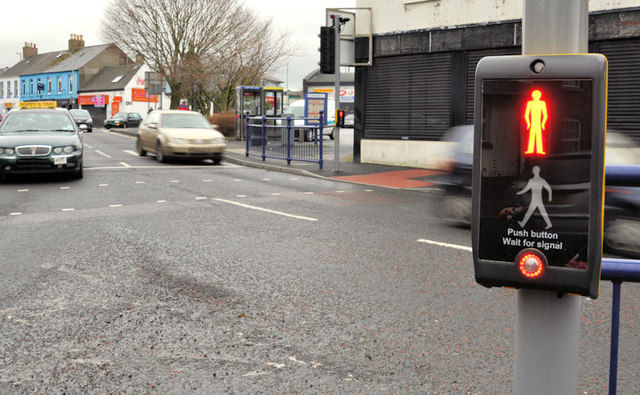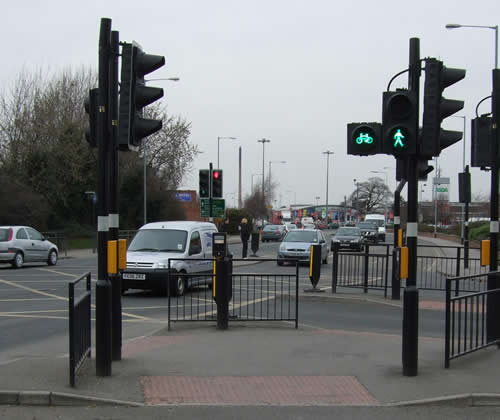Toucan Pelican And Puffin Crossing
With a toucan crossing the area is wider leaving plenty of room for cyclists to ride across.
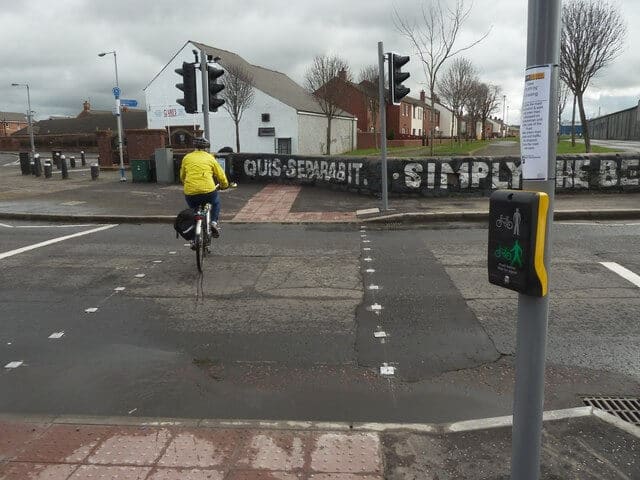
Toucan pelican and puffin crossing. Toucan crossings are incorporated into cycle routes. Puffin crossings might look similar and work in a similar way to pelican crossings but there are some key differences to be aware of. With a toucan crossing the area is wider and there is plenty of space for cyclists to ride across.
They look just like pelican and puffin crossings from a distance but have an additional signal for bikes. How to use them. Toucan crossings tend to be wider than pelican or.
Toucan crossing toucan crossings are designed for pedestrians and cyclists to use at the same time. Toucan crossing rules and how to use one drivers should behave at toucan crossings in much the same way they would at pelican and puffin crossings. Thats not to say that cyclists cant use zebra pelican and puffin crossings but they should get off their bikes and wheel them across.
With a toucan crossing the area is wider leaving plenty of room for cyclists to ride across. Toucan crossings are designed for pedestrians and cyclists to use at the same time. If there are pedestrians on the crossing you must give way to them and let them continue to the kerb and clear of the crossing.
As such they allow cyclists to cross without dismounting as they should at other crossings. Thats doesnt mean the cyclists cant use zebra pelican and puffin crossings but they should get off their bikes and wheel them across. Pelican puffin or toucan light controlled crossings always approach pedestrian light controlled crossings with care and the intention of stopping should it become necessary no matter what the lights say.
Pedestrian crossings are safer places for pedestrians to cross the road and where they are given priority. Pedestrians will still see a black and yellow box with a. Puffin zebra toucan pelican and pegasus are all different types of pedestrian crossings.
They are controlled by pelican or puffin type signals and drivers should treat them as they would any other signal controlled crossing. Toucan crossings are designed for pedestrians and cyclists to use at the same time. They are usually found on the outskirts of parks or cycle lanes and are wider around four metres compared to pelican and puffin crossings which are around two metres wide.
